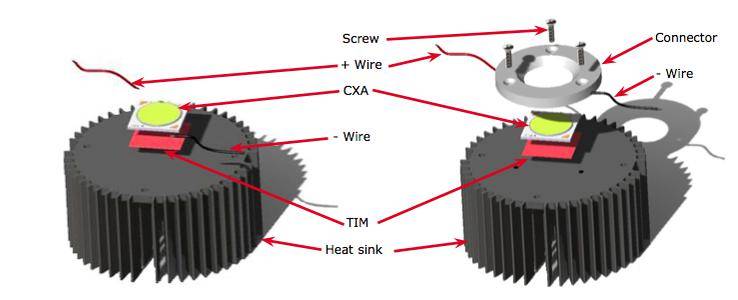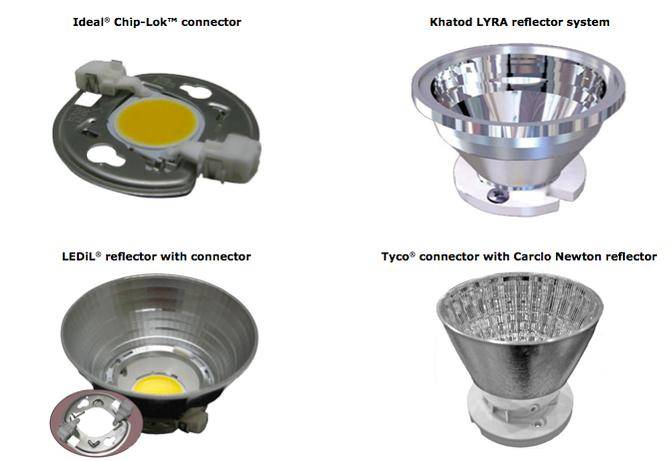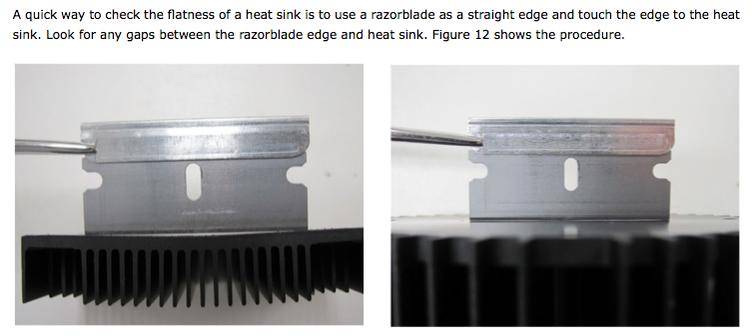Dion
Active member
Recently a fellow grower contacted me suggesting an LED FAQ thread, I was honered. so here goes its a faq thread about building led growlights and one where you can get your specific questions answered on the fly.
I wont go into the nitty gritty about what an LED is or how it works just how to use it for growing plants, i will be using the metric system (mm cm and degrees C for temps but will use feet for discussing growspace as this is more common) and will use a lot of pics from manufacturer's design guides as well as those from my own builds and other growers who allow it. I am by no means an expert engineer or an electrician i am just a grower like you who has been building leds for a few years now(both for horticultural applications and general) using engineering tools and data sheets and the advise and experience of a retired electrician. so there will be some questions i dont know the answers to, rather than google it and recycle an answer from elsewhere or give bad info i will just tell u i dont know. that way others with better electrical/engineering brains can help us all learn.
IF YOU ARE LOOKING FOR KITS FOR THE 1-3 square foot range click HERE
i hope to use this thread to guide ppl from wanting to build their own to actually doing it
Topics to be covered include(but are not limited to)
Where to start-defining your needs:
mEChaniCaL DEsiGn:
Chips,connectors, assembly, optics


ELECtriCaL DEsiGn
power source/driver, connections, multiple leds
thErmaL DEsiGn
heatsink type/size , thermal interface materials, fans

also I will include a tutorial for a super simple led assembly
like this one but for cobs
https://www.icmag.com/ic/showthread.php?t=302493
to Build your an led grow-light you will need:
Chip
Driver
Heatsink( option of pc fan and driver for that fan)
Bits/tools: screws, wire, TIM(see mechanical design) drill and/or soldering iron(see mechanical design)
hopefully i can keep editing this post over the next few weeks so keep checking back in as this thread is officially under constructing until then any things you would like to have in this faq please pm me
for questions please post below
I wont go into the nitty gritty about what an LED is or how it works just how to use it for growing plants, i will be using the metric system (mm cm and degrees C for temps but will use feet for discussing growspace as this is more common) and will use a lot of pics from manufacturer's design guides as well as those from my own builds and other growers who allow it. I am by no means an expert engineer or an electrician i am just a grower like you who has been building leds for a few years now(both for horticultural applications and general) using engineering tools and data sheets and the advise and experience of a retired electrician. so there will be some questions i dont know the answers to, rather than google it and recycle an answer from elsewhere or give bad info i will just tell u i dont know. that way others with better electrical/engineering brains can help us all learn.
IF YOU ARE LOOKING FOR KITS FOR THE 1-3 square foot range click HERE
i hope to use this thread to guide ppl from wanting to build their own to actually doing it
Topics to be covered include(but are not limited to)
Where to start-defining your needs:
mEChaniCaL DEsiGn:
Chips,connectors, assembly, optics
ELECtriCaL DEsiGn
power source/driver, connections, multiple leds
thErmaL DEsiGn
heatsink type/size , thermal interface materials, fans
also I will include a tutorial for a super simple led assembly
like this one but for cobs
https://www.icmag.com/ic/showthread.php?t=302493
to Build your an led grow-light you will need:
Chip
Driver
Heatsink( option of pc fan and driver for that fan)
Bits/tools: screws, wire, TIM(see mechanical design) drill and/or soldering iron(see mechanical design)
hopefully i can keep editing this post over the next few weeks so keep checking back in as this thread is officially under constructing until then any things you would like to have in this faq please pm me
for questions please post below
Last edited:

 Thanks Dion
Thanks Dion



